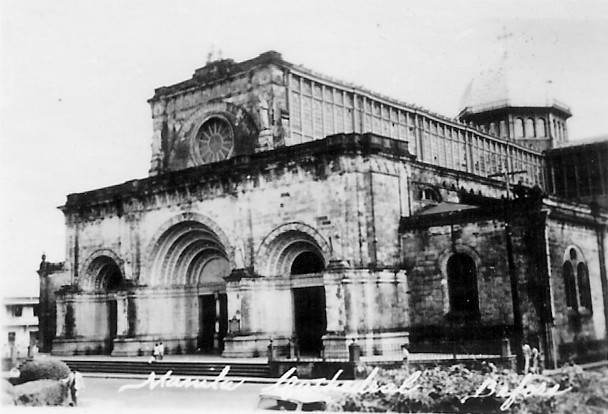BenCab Museum showcases the indigenous art created by the Ifugaos (and other ethnic tribes) as well as the works of other Filipino Artists.
When we got here, it was raining heavily. Residents said that it rains every afternoon starting April 1. The other destinations we will go to are very far away, so we decided to rent a taxi for the trip.
It displays the art collection, ad the artworks of National Artist Benedicto Cabrera este BenCab.
"Bulol" at the staircase
Among the indigenous artworks by the ethnics of the Cordilleras are the "Bulol" which is a deity worshipped for good harvest.
Abstract sculpture at the balcony, probably by Arturo Luz
Driftwood-like sculpture (?)
The Museum is divided into different sections (according to the museum website) :
1. BenCab Gallery
2. Maestro Gallery
3. Patio Salvador
4. Cordillera Gallery
5. Erotica Gallery (NSFW)
6. Larawan Hall
7. Phil. Contemporary Art Gallery 1
8. Phil. Contemporary Art Gallery 1
9. Print Galley
10. Sepia Gallery
Indigo Gallery
Cordillera Gallery
This particular artwork, painted by Raymond Halili, is smaller than the palm of the hand! :D"Bulul" statues adorning the wall in front of the balcony entrance
View from the Balcony
Woodwork from the Cordilleras

Philippine Contemporary Art Galleries (?)
"Wag mo damdamin ang mga bagay, dahil ang mga bagay ay walang damdamin" (Do not emote much on things, because things do not have emotion) Correct! XD
Artworks displayed in the museum
Erotica Galley NSFW
At the ground floor is the Cafe Sabel which offers fresh and natural food from the museum garden. It also has a nice view of the garden.
One clumsy step and I fall down the mini cliff.....
Opened Tuesdays to Sundays 9:00 AM to 6:00 PM
Closed on Mondays, Christmas Day and New Year’s Day.
Admission:
General: PHP 100.00
Students and senior citizens with valid ID: PHP 80.00
Special rates for student groups with prior arrangement.
(According to the Museum website)
I would surely go back here again next time I visit Baguio City again. :D




























































